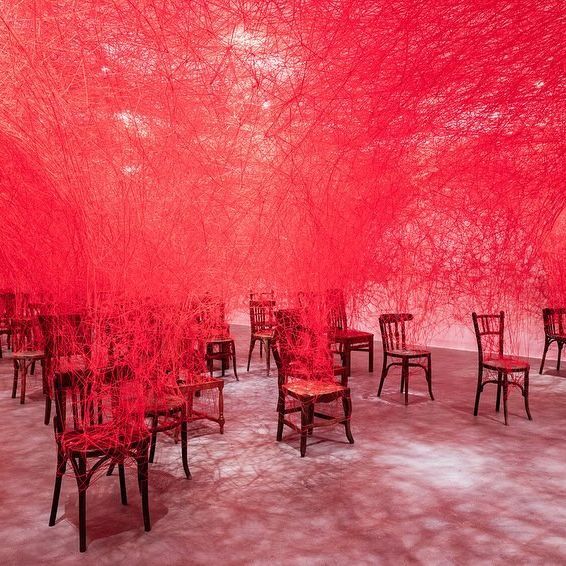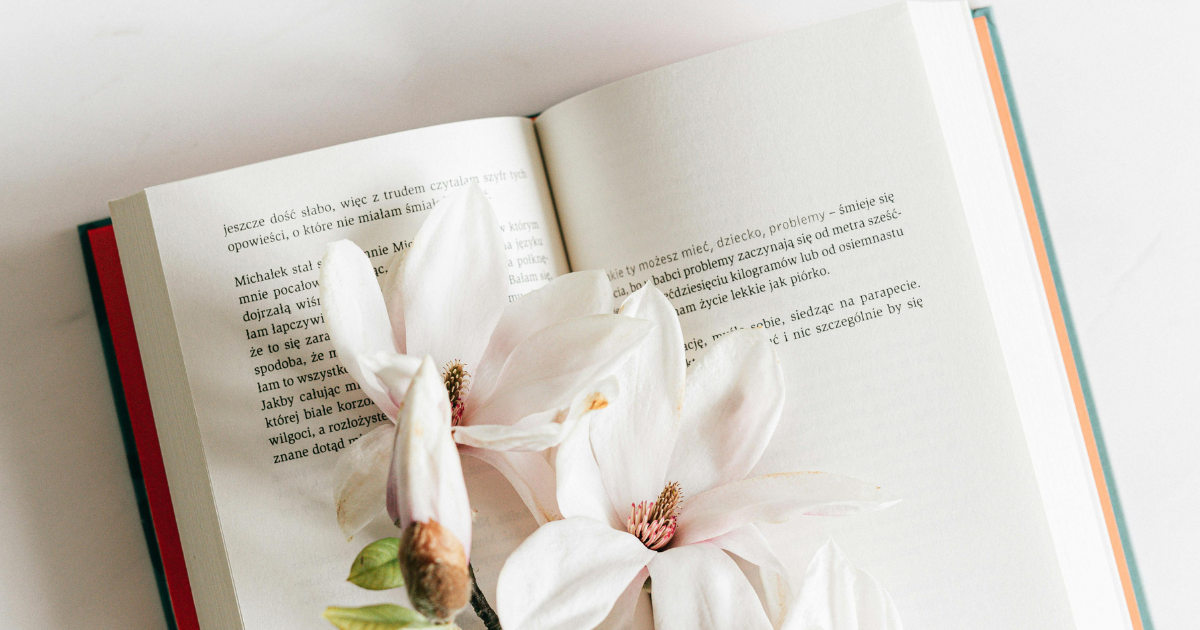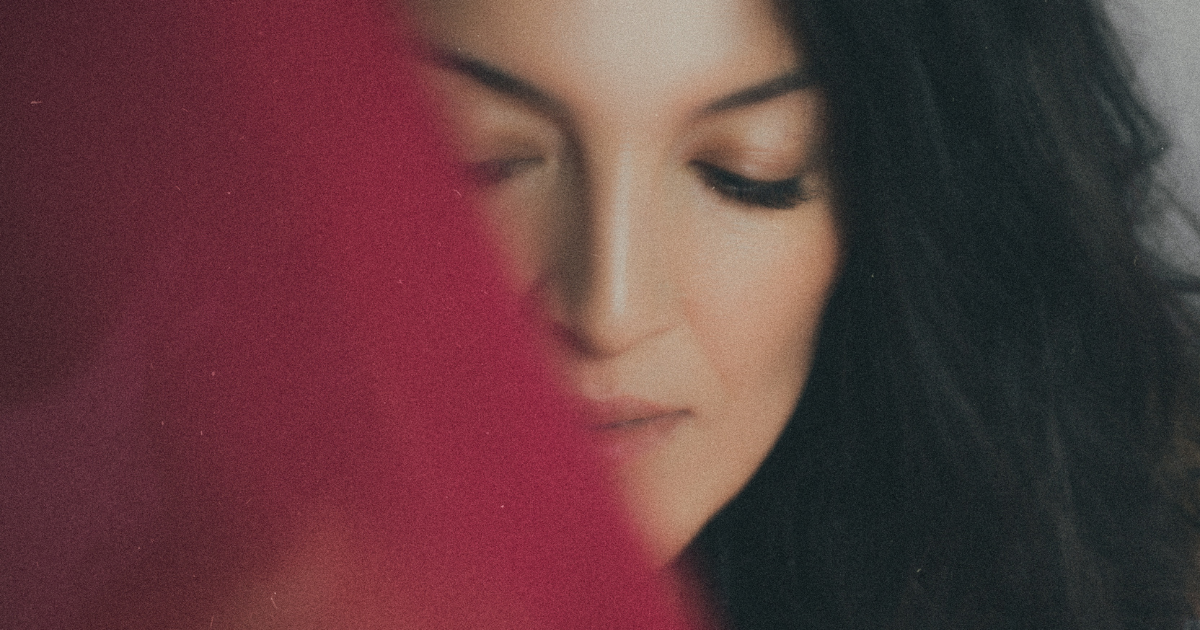Contemporary Japanese Art: A Fusion of Tradition and Innovation
The three most ınfluential Japanese female artists

Western influences are still evident in contemporary Japanese art. However, the artists highlighted in this article have managed to harmoniously integrate traditional, authentic elements, making significant contributions to Japan's art scene. Their innovative and provocative works not only bridge cultural divides but also challenge established norms, leaving a significant mark on the rapidly evolving world of modern art.
Japanese art, with its centuries-old history and profound impact on global culture, is experiencing an unprecedented renaissance today. The rich cultural heritage of Japan continues to influence modern art, with a new generation of artists reviving the country's artistic reputation by skillfully blending Eastern and Western traditions. Their works capture the attention of both Japanese and international collectors alike.
This artistic revival is closely linked to the post-war period in Japan's history, a time of profound social and cultural transformation. Since the late 1950s, Japan has faced an influx of Western, particularly American, culture, leading Japanese artists to a choice: embrace or reject this influence.
The three artists featured below are prominent representatives of contemporary Japanese art, showcasing its dynamism and uniqueness.
Yayoi Kusama
Yayoi Kusama, famous for her polka dots and immersive installations that create an illusion of infinity, is a recognized figure in contemporary art, renowned far beyond Japan. Born in 1929, she has been active in the avant-garde art movement since the 1960s, with work spanning painting, installations, film, performance, literature, and fashion.
Though often called the “Queen of Polka Dots,” Kusama's fascination with repetitive patterns began in childhood when she used watercolor and pastels in her early works. In the late 1950s, she moved to the United States, quickly becoming a prominent figure in New York’s art scene. After returning to Japan in the late 1970s, her work faded from public view for some time, only to regain recognition in the late 1980s, following her participation in the 1993 Venice Biennale’s Japanese pavilion.
Today, Kusama's installations, known for their repetition of dots, mirrors, and vibrant colors, captivate audiences worldwide. Her dotted pumpkins are among the most recognizable works in contemporary art.
Kusama’s influence extends beyond visual art. The themes of infinity, repetition, and accumulation in her work create a surreal experience that blurs the lines between art and viewer. Initially, her use of patterns and obsessive repetition served as a way to cope with intrusive thoughts and as an invitation for audiences to step into her world.
Chiharu Shiota
Chiharu Shiota is one of Japan's most prominent young artists, with her work exhibited at prestigious international events like the Venice Biennale (2015) and Sydney Biennale (2016). Shiota’s artistry centers on performances and installations, marked by their complexity and often surreal nature. Born in Osaka in 1972, she studied both in Japan and abroad, learning from renowned artists such as Rebecca Horn in Berlin and Marina Abramović in Braunschweig.
Since the early 2000s, Shiota has gained international recognition for her immersive installations. She is known for weaving tangled webs of thread suspended in space and intertwined with objects like keys, door frames, and large-scale elements.
Her installations evoke a sense of mystery and invite viewers to reflect on memories, emotions, and the human experience, as well as the concept of disconnection. Through both early performances and later installations, Shiota explores the idea of space and the role of the body as a medium for perceiving and measuring it.
Shiota’s unique artistic language encourages viewers to contemplate the intangible connections that link us to the past, present, and future.
Yuko Mohri
Yuko Mohri, an internationally acclaimed Japanese artist, is a leading figure in contemporary art, renowned for her unique kinetic installations.
In a world that feels busy, noisy, and overwhelming, Mohri’s works invite us to slow down, pause, and truly experience the natural world. Unfazed by societal pressure to rush and disconnect, she creates art on her terms. Mohri’s installations, born in 1980 in Kanagawa, Japan, tackle themes that are vast and ambitious, to say the least.
Her works blend natural and artificial elements, interacting with the architectural spaces of galleries and the surrounding landscapes. She explores the interplay between nature and technology, often incorporating them into her installations.
In one of her works, which examines light patterns created by electromagnetic fields and water, she used a restored reed organ to reflect on the aftermath of Japan’s 2011 earthquake. In another installation inspired by the Indian Ocean, cascading rolls of paper represent an ecosystem within the exhibition space.


